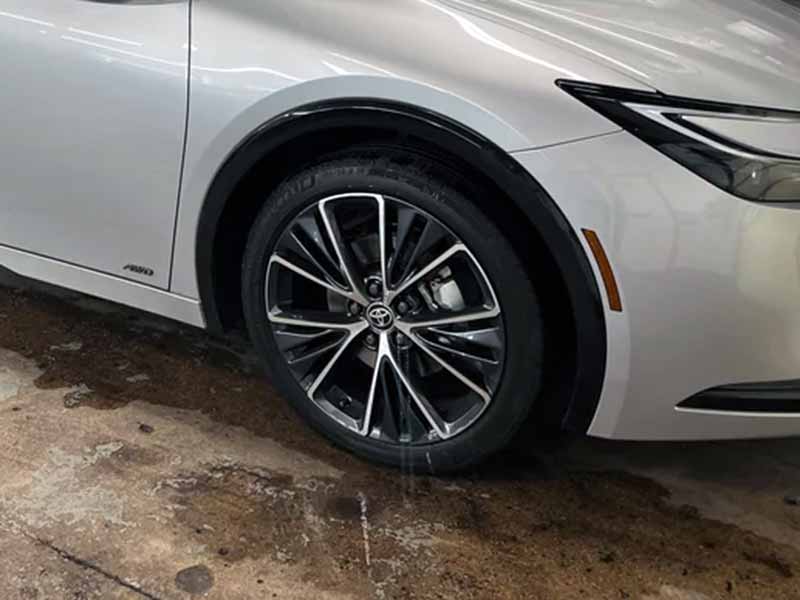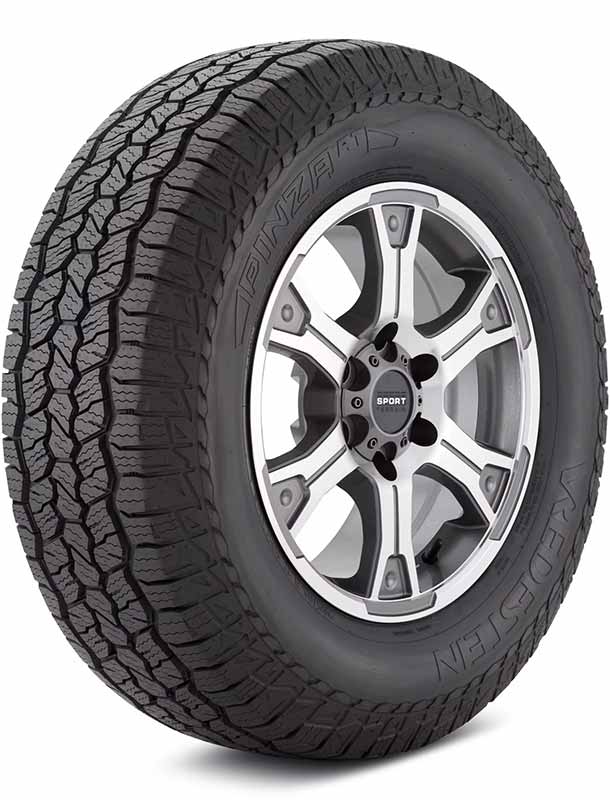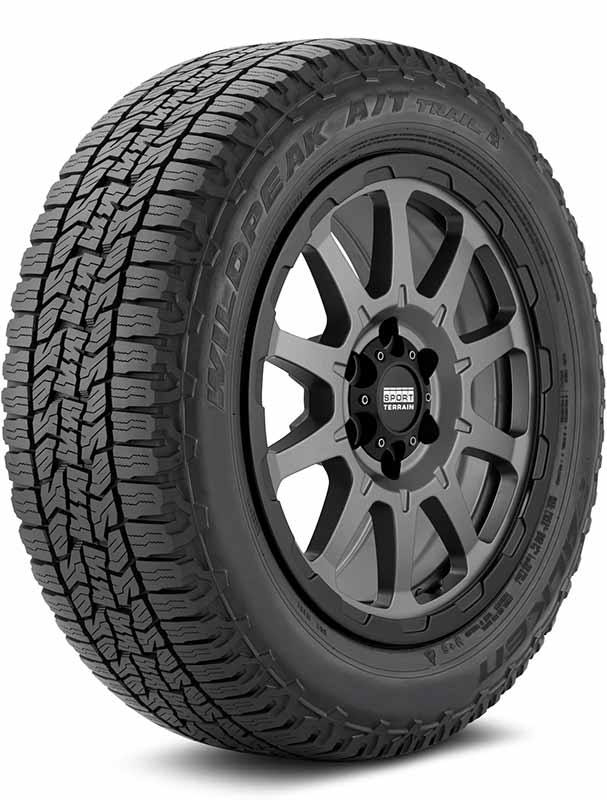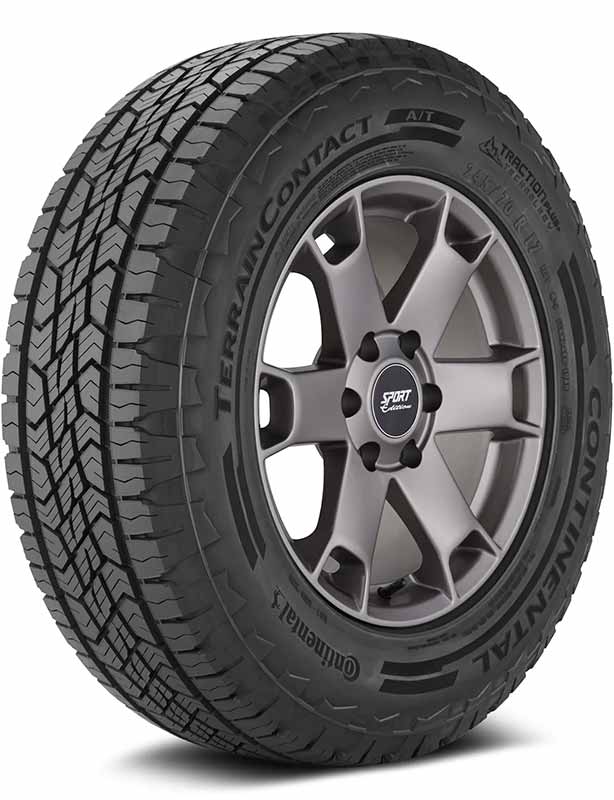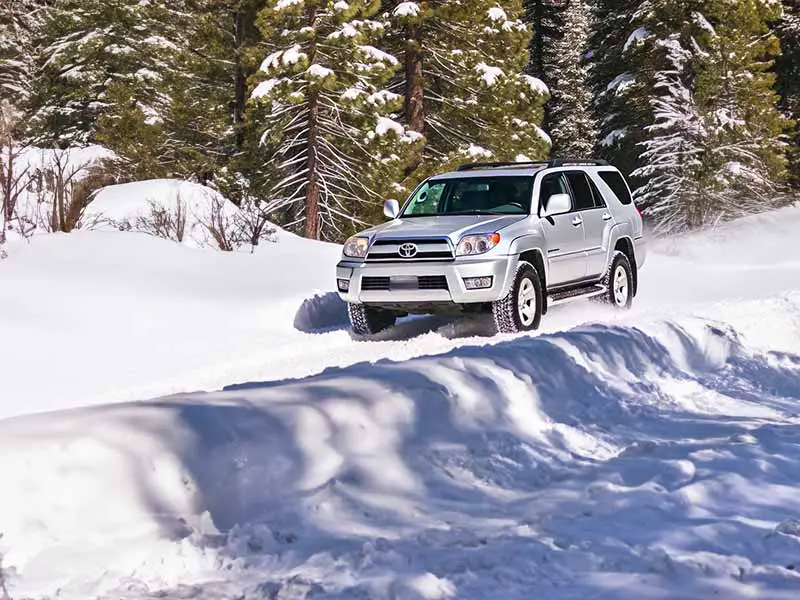Are you in the market for new tires and curious about the buzz around low rolling resistance tires? Understanding what sets these tires apart is crucial, not just for fuel efficiency but also for overall vehicle performance.
How To Identify Low Rolling Resistance Tires
Low rolling resistance tires can be identified by specific features such as tread design, rubber compounds, sidewall construction, and overall tire weight.
There isn’t a standard marking that makes them simple to identify. Although ‘LRR’ or ‘Fuel Efficient’ markings are sometimes used.
In this article, we will explore the key features that help identify low rolling resistance tires, including understanding tire labels, examining tread patterns and sidewalls, and other practical tips to ensure you’re making an informed choice.
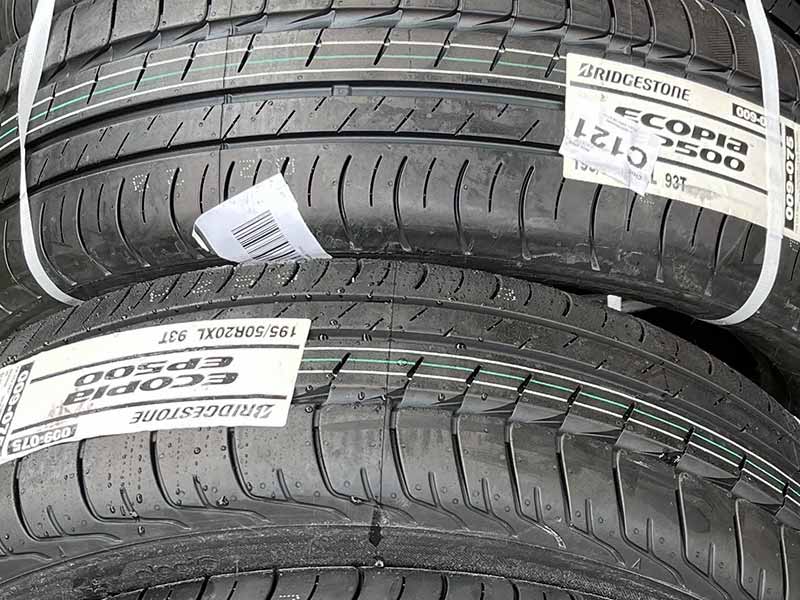
Practical Tips for Identifying LRR Tires
Now that we’ve covered the technical aspects, let’s focus on how you can practically identify low rolling resistance (LRR) tires. Whether you’re shopping for new tires or curious about your current set, these tips will help.
Check the Tire Labeling
- Look for Specific Markings: Some LRR tires may have markings or labels indicating their low rolling resistance characteristics. These can be in the form of specific symbols or text like ‘LRR’ or ‘Fuel Efficient’.
- Fuel Efficiency Ratings: In regions where tire labeling is mandatory, look for the fuel efficiency rating. Tires with a higher rating (like ‘A’ in the EU) typically have lower rolling resistance.
Examine Tread Patterns and Sidewalls
- Tread Design Inspection: LRR tires often have a unique tread design – look for more streamlined and shallower treads.
- Sidewall Stiffness: Feel the sidewalls. Stiffer sidewalls can be a sign of LRR tires as they help reduce deformation and energy loss.
Inquire with the Manufacturer or Retailer
- Ask for Specifications: If you’re unsure, ask the tire manufacturer or retailer about the rolling resistance of specific tire models.
- Seek Expert Advice: Tire experts can provide insights into which tires are designed for low rolling resistance based on your vehicle model and driving habits.
Utilize Online Resources
- Manufacturer Websites: Many tire manufacturers provide detailed information about their tire models online, including aspects related to rolling resistance.
- Automotive Forums and Reviews: Look for discussions and reviews on automotive forums. Often, other drivers’ experiences can offer valuable insights.
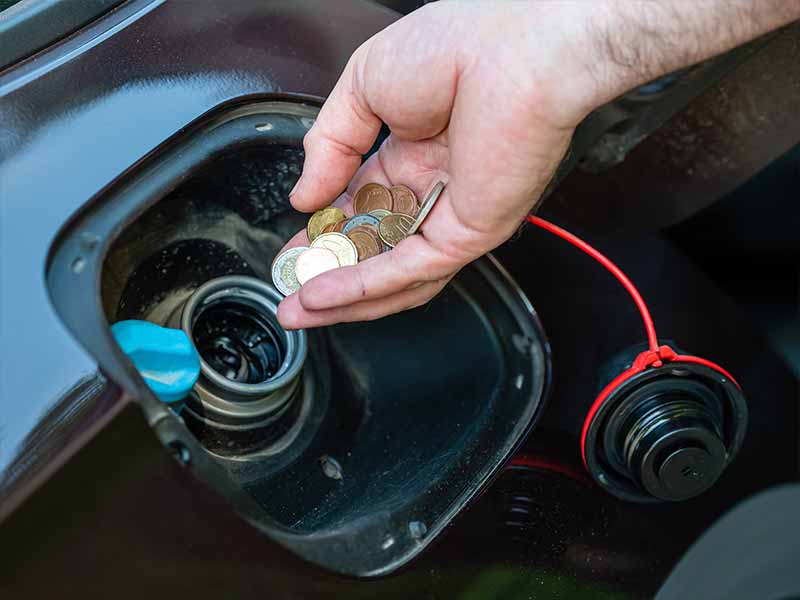
Key Features of Low Rolling Resistance Tires
Identifying low rolling resistance (LRR) tires isn’t always straightforward, but knowing what to look for can make it easier. These features set LRR tires apart from their standard counterparts.
Tread Design
- Streamlined Tread Patterns: LRR tires typically have simpler, more streamlined tread patterns. This design reduces friction and heat buildup, contributing to lower rolling resistance.
- Shallow Tread Depth: They often have shallower tread depths compared to regular tires, which helps in reducing energy loss.
Rubber Compound
- Specialized Rubber Mix: The rubber compound in LRR tires is usually a blend that includes silica. This mix reduces heat generation and improves the tire’s rolling efficiency.
- Balancing Grip and Efficiency: While maintaining sufficient grip, the compound is optimized for reducing resistance.
Sidewall Construction
- Stiffer Sidewalls: LRR tires often feature stiffer sidewalls to prevent excessive flexing. This helps in maintaining the shape of the tire, reducing energy loss during driving.
Altered Contact Patch
- Reduced Contact Patch: The part of the tire that makes contact with the road is often smaller in LRR tires. This reduction in the contact area contributes to lower rolling resistance.
Reduced Tire Weight
- Lightweight Construction: LRR tires are designed to be lighter than regular tires. The less the tire weighs, the less energy it requires to roll.
Do Tires Have a Rolling Resistance Rating?
Navigating the world of tires can sometimes feel like decoding a secret language. One of the terms you might come across is the rolling resistance rating. Let’s demystify this and understand how it can guide you in choosing the right tires.
Understanding Rolling Resistance Ratings
- Industry Standards: There isn’t a universal standard for rolling resistance ratings across the industry. However, some tire manufacturers and organizations provide these ratings based on their testing.
- Location on Tires: When provided, you can typically find rolling resistance ratings on the tire label or in the product specifications. It’s usually part of a larger efficiency or performance rating system.
Interpreting the Ratings
- Rating Scale: If present, rolling resistance is often indicated in a range – from A (best) to G (worst) or similar scales. A-rated tires have the lowest rolling resistance, hence are more fuel-efficient.
- Combination with Other Ratings: Rolling resistance is just one factor. These ratings often come combined with wet grip and noise levels, providing a more comprehensive understanding of the tire’s performance.
Practical Advice
- Research is Key: Before making a purchase, it’s wise to research and compare the rolling resistance ratings of different tire models.
- Consulting Professionals: If the rating isn’t clear or unavailable, don’t hesitate to ask a tire professional for advice. They can provide insights into the tire’s performance, including its rolling resistance.

Measuring Tire Rolling Resistance
While you may not be able to measure the rolling resistance of your tires with the tools in your garage, understanding how it’s measured and what influences it can be beneficial. Let’s dive into the world of rolling resistance measurement.
Understanding the Measurement Process
- Professional Testing: Rolling resistance is typically measured in controlled environments like laboratories. It involves placing the tire on a test drum and measuring the force required to keep it rolling.
- Factors Influencing Measurements: The testing considers various factors, including tire pressure, load, speed, and temperature, as they all impact rolling resistance.
Can You Measure Rolling Resistance Yourself?
- Direct Measurement Difficulties: For everyday drivers, directly measuring rolling resistance isn’t feasible due to the need for specialized equipment.
- Indirect Indicators: However, you can keep an eye on indicators like fuel efficiency and tire temperature, which can give clues about the rolling resistance of your tires.
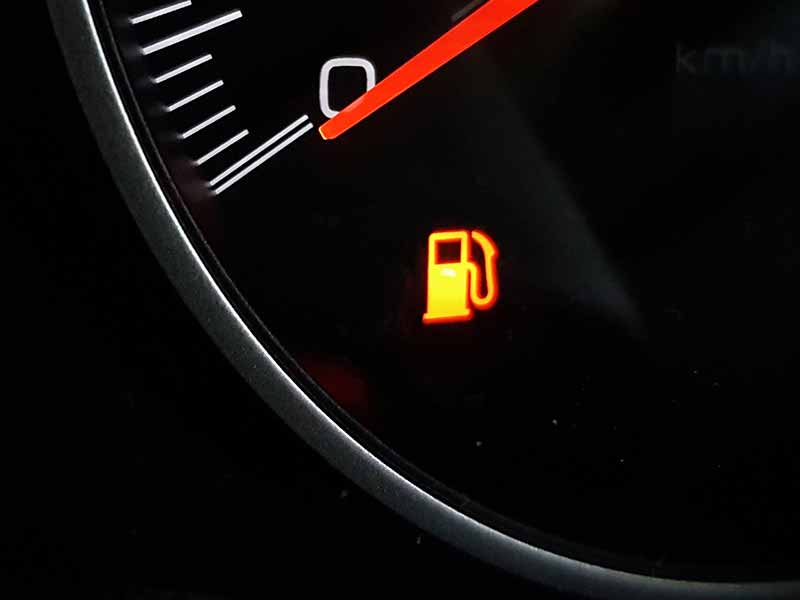
How Much Difference Do Low Rolling Resistance Tires Make?
It’s one thing to understand the theory behind low rolling resistance (LRR) tires, but what about their practical impact? Let’s explore how much of a difference these tires really make in terms of fuel efficiency and overall driving experience.
The Impact on Fuel Efficiency
- Quantifying Fuel Savings: Studies and real-world tests have shown that LRR tires can improve a vehicle’s fuel efficiency. According to some estimates, a 10% reduction in rolling resistance can lead to about a 1-2% improvement in fuel economy.
- Long-Term Benefits: While these numbers might seem modest, the fuel savings can add up significantly over the lifespan of the tires, making LRR tires a cost-effective choice in the long run.
LRR Tires and Vehicle Performance
- Handling and Comfort: It’s important to note that the reduced rolling resistance in LRR tires can sometimes affect other aspects of performance, such as handling and ride comfort, although advancements in tire technology are continually addressing these issues.
- Suitability for Electric and Hybrid Vehicles: LRR tires are particularly beneficial for electric and hybrid vehicles, where they can contribute to extended battery range and overall vehicle efficiency.
Weighing the Pros and Cons
- Balancing Efficiency with Performance: When considering LRR tires, it’s essential to balance their fuel-saving potential with your specific performance needs and driving conditions.
- Making an Informed Choice: Understanding your driving habits and vehicle requirements will help determine if the advantages of LRR tires align with your priorities.
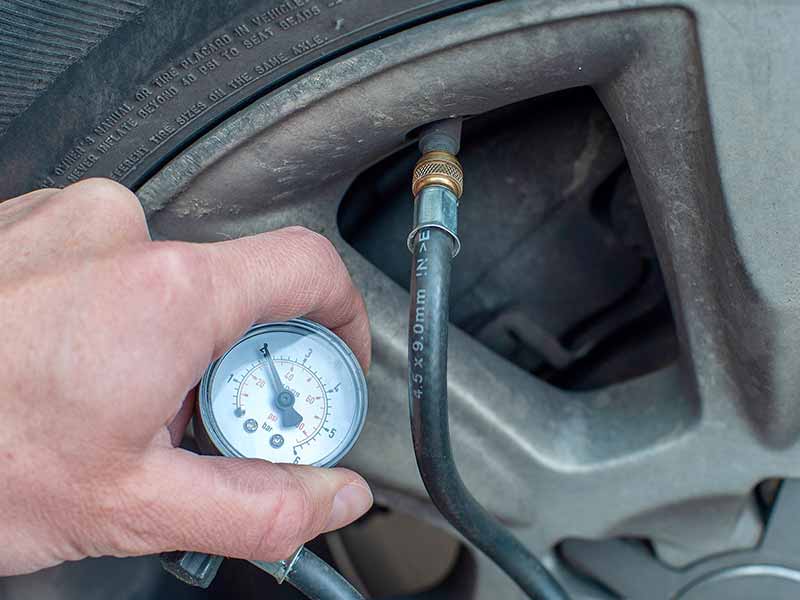
The Impact of Tire Inflation on Rolling Resistance
One often overlooked but crucial aspect of tire performance is inflation. Properly inflated tires are not just a safety requirement; they also play a significant role in rolling resistance and, consequently, your vehicle’s efficiency.
How Incorrect Inflation Increases Rolling Resistance
- Under-Inflation Effects: Under-inflated tires have a larger contact area with the road, which increases rolling resistance. This not only requires more energy (and fuel) to maintain speed but also leads to faster tire wear.
- Over-Inflation Concerns: While over-inflated tires may decrease rolling resistance, they compromise on traction and can lead to uneven tire wear and a harsher ride.
Maintaining Optimal Tire Pressure
- Regular Checks: The easiest and most effective step you can take is regularly checking your tire pressure. This includes adjusting the pressure to suit different loads and temperatures, as per your vehicle’s manual.
- Using the Right Tools: A reliable tire pressure gauge is a must-have in your car maintenance toolkit. It’s a small investment that can lead to significant savings and safety benefits.
The Overall Effect on Vehicle Performance
- Fuel Efficiency: Correctly inflated tires can improve your vehicle’s fuel efficiency by reducing unnecessary rolling resistance.
- Safety and Longevity: Besides efficiency, proper tire inflation is crucial for optimal tire performance, safety, and extending the life of your tires.
Resources
Below are some links you may find helpful when learning about tires:
- All about fuel efficient low rolling resistance tires – Discount Tire
- Low rolling resistance and fuel economy – Tire Buyer
Final Thoughts
Low rolling resistance tires offer a great way to enhance fuel efficiency and reduce environmental impact.
By understanding their key features and how to identify them, you can make a choice that aligns with both your driving needs and sustainability goals.
Good luck and happy motoring.
